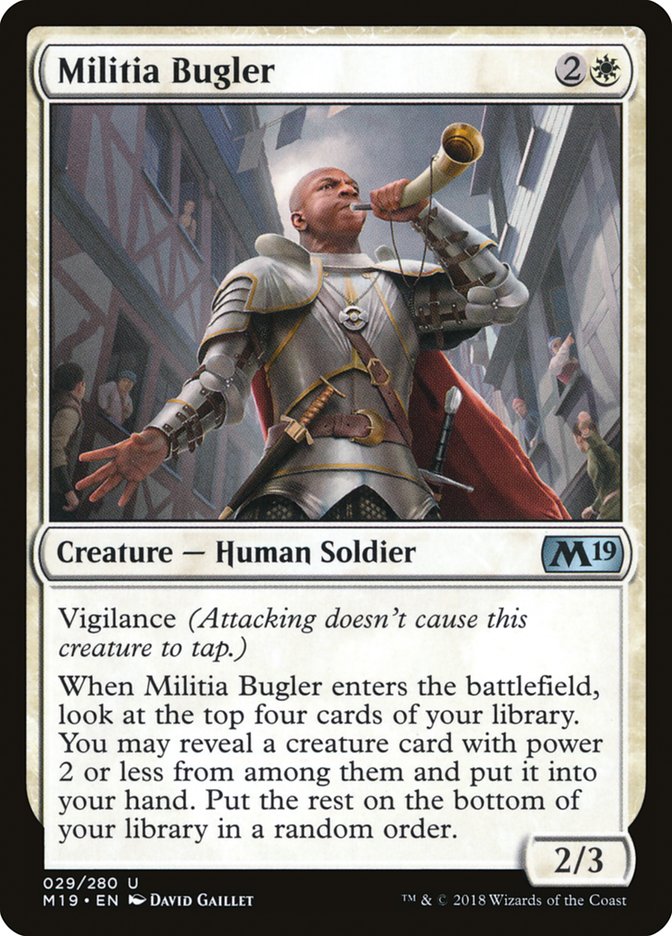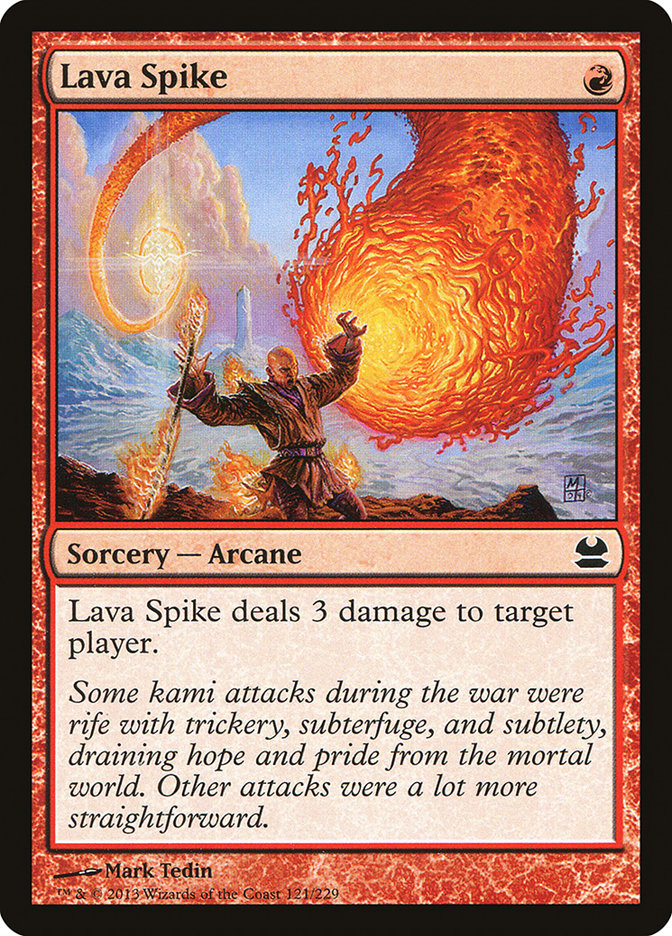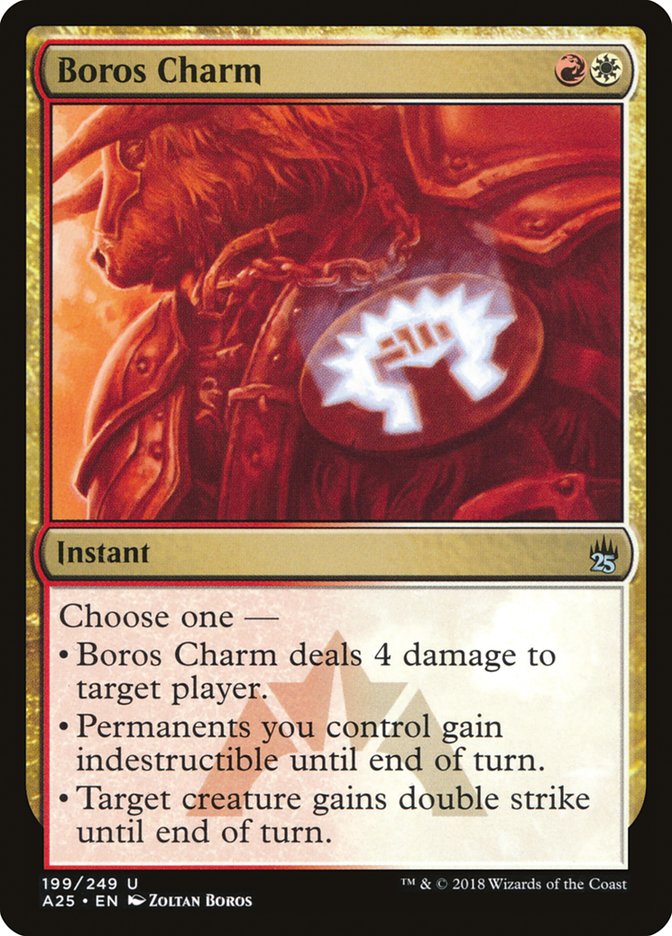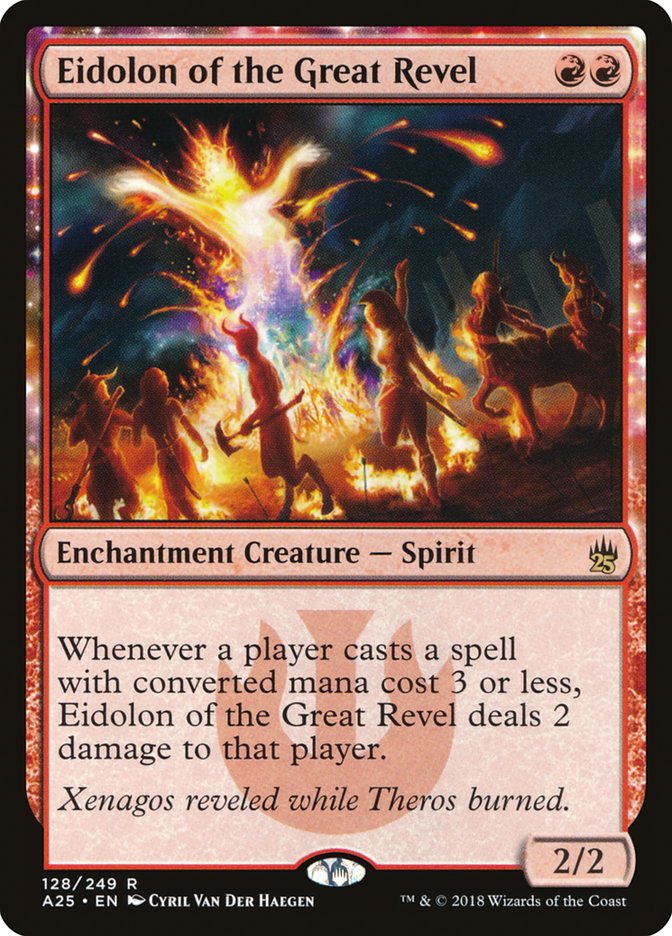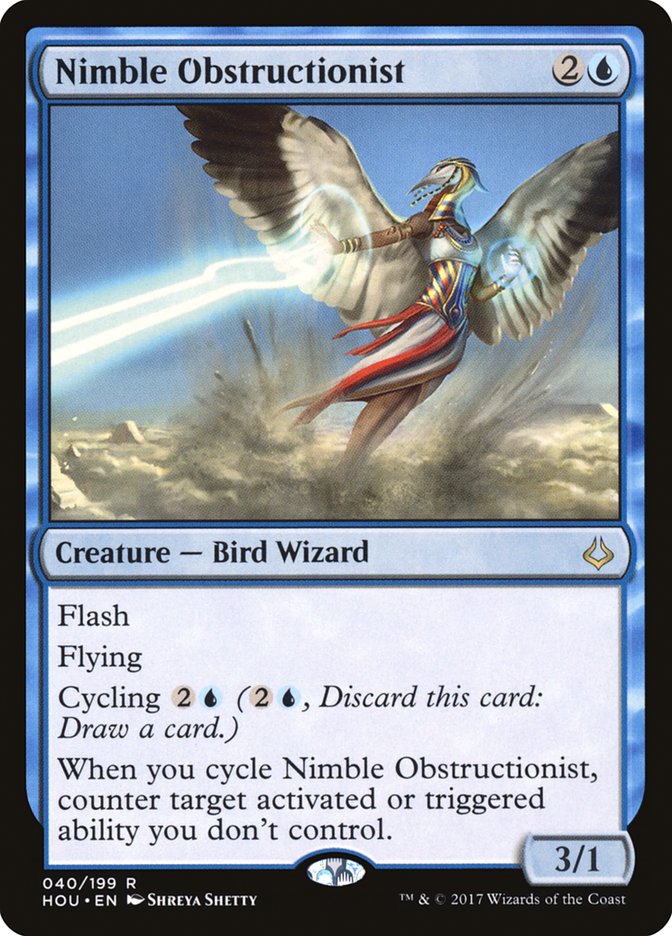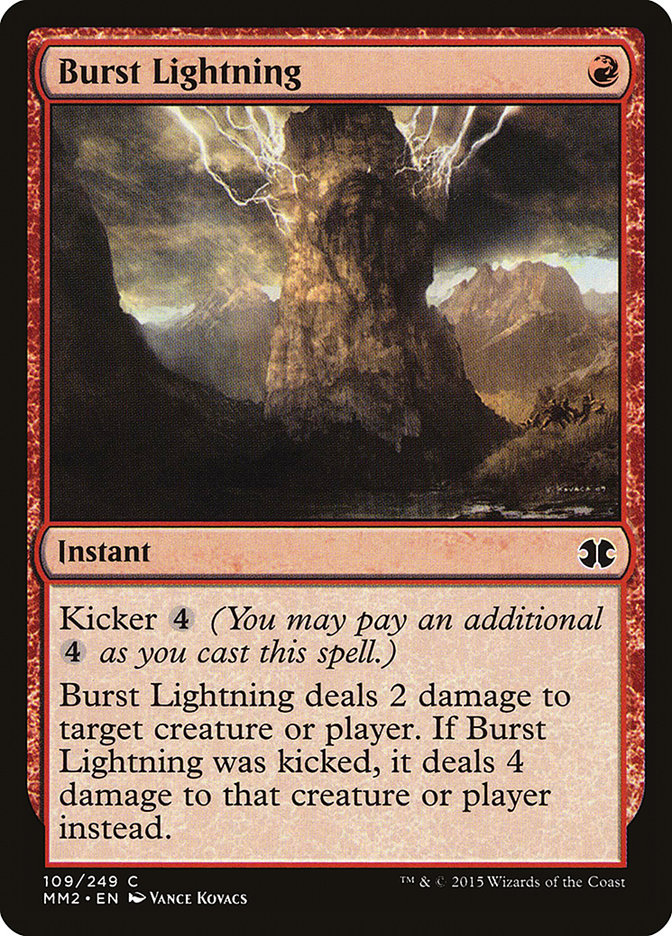Some old friends came back to visit us this past weekend in Indianapolis, it seems.
Creatures (14)
Planeswalkers (4)
Lands (25)
Spells (17)

Creatures (14)
Lands (19)
Spells (27)

Creatures (37)
- 4 Meddling Mage
- 4 Noble Hierarch
- 4 Phantasmal Image
- 4 Champion of the Parish
- 3 Thalia, Guardian of Thraben
- 4 Mantis Rider
- 3 Reflector Mage
- 4 Thalia's Lieutenant
- 4 Kitesail Freebooter
- 3 Militia Bugler
Lands (19)
Spells (4)

Creatures (6)
Lands (17)
Spells (37)

Creatures (26)
- 4 Arcbound Ravager
- 4 Ornithopter
- 1 Master of Etherium
- 4 Steel Overseer
- 3 Memnite
- 2 Etched Champion
- 4 Signal Pest
- 3 Vault Skirge
- 1 Hope of Ghirapur
Planeswalkers (2)
Lands (17)
Spells (15)

Okay, so some of these are more “blast from the past”-y than others. Obviously Humans has a strong pedigree at this point, and had only just been dipping down in popularity and success before the printing of The Bugler. Affinity is a perennial contender that just happened to fall a little bit behind the hot new tech of the month for artifact aficionados, Ironworks. But Storm, Jund, and Burn were all somewhat down on the popularity charts compared to some of the immensely popular U/W and Jeskai Control decks that had a ton of enthusiasts using them to tear up the SCG Tour.
Of course, our own Ross Merriam pointed out recently that Jeskai Control is not really as good as it seems. He correctly discerned that part of its prolonged success was due to many players shying away from its natural predator, Tron, because of the hilarious meme-y stigma surrounding the deck and its “no skill, no fun” factor. But of course, we did see one Mono-Green Tron deck make the semifinals and another get ninth place, and only one U/W Control deck barely sneaking into the Top 32, even, so perhaps that trend has finally been laid to rest.
Regardless, decks like Ironworks, and subsequently predators like Infect and the new and improved (in part thanks to yours truly) Grixis Death’s Shadow, seemed like the new heirs to Modern’s throne. So what exactly happened here, and why are we seeing a Top 8 that looks like it could have been copy-pasted from right as the Humans archetype started ascending to the top of Modern late last year?
Well, to start with, people are starting to toot their horns because The Bugler just has what it takes to bring the wins. Upending the erstwhile bad matchup in Jeskai Control, this little 2/3 with vigilance has flipped a major linchpin of the Modern metagame and brought another matchup into the “even-to-favorable” category for the all-creature special. That’s the first big reason why a full quarter of the players in the Top 32 decided to get there with Humans.
Regarding Storm, well, Caleb Scherer knows his deck inside and out, and I’m confident that his sideboard plan to attack Humans has left him feeling relatively pleased with his deck’s metagame position. Sometimes it just takes a little bit of work to improve a specific matchup to bring your baby back into the limelight. I’ve put in several hours on my own pet Modern decks in their time, and Caleb is the Storm Token, so it stands to reason that he’d eventually figure out a way to bring a theoretically unfavorable matchup into a respectable and winnable place. I’m sure there will be more in-depth breakdowns of the recently refreshed Storm deck and its place in Modern in the coming weeks.
As for Affinity, well, everyone knows the Affinity metagame cycle. Almost detached from the rest of the Modern metagame cycle, there are a few linear decks that perform only when the hate and interaction for them dies down to a particular level. Affinity is one of them. Dredge is another. Ditto G/W Hexproof.
Rather than something like Infect, Storm, or Ironworks, where a number of different access points to combating the deck exist, the linear decks here will simply overpower most opponents if the opponents don’t come prepared with specific interaction. Dodge the Stony Silences, the Ancient Grudges, and the Shatterstorms, and you’ll do well with Affinity. It’s that simple. One Affinity player making it through to the Top 8 is unsurprising, and it may portend a bit of a resurgence from the archetype. On the other hand, it could just be noise.
Speaking of noise, we have the first and second place finishers in the event, Jund and Burn. Jund, despite my colleague Jadine Klomparens’s best efforts, is simply not the best choice for doing well at a Modern tournament. It’s never going to be the best deck in Modern again (unless they unban Deathrite Shaman, in which case, let’s have at it!). Jund can never cover all the bases it needs to cover in a format as divergent as Modern, and even when it can cover the bases, it’s still going to be at best an even matchup for such a fair deck.
There’s just too much to fight through, too many ways for the game to slip out of control when you’re playing Jund. My advice? Just play Grixis Death’s Shadow instead. It has similar matchup profiles to Jund while just improving in many of the more goldfish-style matchups like Ironworks and Tron. Stubborn Denial also closes the door on a disrupted opponent in a way that Jund simply can’t match.
But it did win the tournament, and there is something to be said for a player with experience with a favored archetype going on a mini-heater and tearing up a tournament. That’s part of the beauty of Modern. On any given Sunday, you can tune in to watch some completely unexpected deck win a Modern Open on the SCG Tour.
And beating Burn, even! Burn has been perennially stuck between #6 and #12 on the Modern popularity charts for the last year or so, mainly because of decks picking up tools like Collective Brutality to better trade off chunks of resources early in the game. Other decks got better, and Burn stayed pretty much the same. But people forget how to play against old enemies over time.
I’ve been asked time and again if it’s acceptable to cut the two Collective Brutalities from the Death’s Shadow sideboard, and it makes sense if one is willing to cede matchup percentage against a relatively unpopular deck. But sacrifices like those allow Burn to sneak through a tournament and land in the Top 8. We’re seeing the effects of an over-tuned metagame getting shaken up by some powerful outsiders that just sort of fell off the map because they weren’t part of the plan. Plan for these Lightning Bolts next time!
But of course, speaking of planning for Lightning Bolts, there’s one more deck in the Top 8 that we haven’t particularly touched on. Jeff Hoogland came out of nowhere to dust off a huge finish with a deck I thought was nothing but a meme, U/R Wizards.
Creatures (17)
- 2 Grim Lavamancer
- 1 Spellstutter Sprite
- 2 Vendilion Clique
- 4 Snapcaster Mage
- 4 Delver of Secrets
- 4 Nimble Obstructionist
Lands (22)
Spells (21)
Sideboard

Nimble Obstructionist? Burst Lightning? Wandering Fumarole? One Spellstutter Sprite?? This deck is the real head-scratcher of the Indianapolis Open. What in the world?
Jeff Hoogland is many things. A conformist is not one of them. Everyone has something to add to my overall Magic worldview (and/or life worldview, but we’ll stick with Magic for now) and Jeff’s overriding principle when he plays Constructed Magic is this:
“Most people have no idea how to actually play Magic. They are simply pattern-matching, autopiloting their plays based on habit and repeated exposure to the same play patterns and same heuristics over and over again. I exploit this by playing a few unusual cards that, though they may objectively be slightly lower in power level, cause at least a handful of my opponents’ brains to melt trying to play against them.”
Jeff gains equity by playing rogue decks. But he picks and chooses his spots, refusing to play a rogue deck that sacrifices too much in terms of raw power in order to gain that sweet tricksy edge. He’s done it before with various Chord of Calling combo shells. Seeing weird creatures that people haven’t played against in five or more years can cause them to do some pretty insane things. And now he’s doing it again with what amounts to a U/R Flash deck.
If he can get people wasting precious mental energy hemming and hawing over the best time to sacrifice a fetchland to play around Nimble Obstructionist, that’s a lot less brainpower they have to do combat math, figure out if they should be racing or grinding, or try to piece together a proper gameplan. People with no previous heuristic to use at all are at an extreme disadvantage, while folks who have some experience playing against Stifle in Legacy can at least try to imitate those old play patterns.
In essence, Jeff is exploiting one of the fundamental flaws in the human hardware as much as he possibly can, and it works wonders for him on the SCG Tour. It’s possible that against the best players in the room, or the most experienced professional players he can find, Jeff would actually hamstring himself severely by playing a lower-power deck, but if he can Jedi Mind Trick people in the middle rounds of an Open into ceding equity by playing some wacky cards, he’s more than making up for the disadvantage.
***
Modern’s become a truly remarkable beast in the last few years. Experience is of the utmost importance, and any way that you can create an experience asymmetry will be to your advantage. Alex Majlaton has done it with Affinity. Collins Mullen has done it with Humans. Matt Nass has done it with Ironworks. I’ve done it at various times in the past with Dredge, Bant Eldrazi, and Grixis Death’s Shadow. Jeff Hoogland just did it this past weekend.
Players who pilot under-the-radar archetypes get to do this all the time. Because of Modern’s relatively flat power level among the best 40 or so archetypes, the information and experience advantage is the key deciding factor that is within the players’ control. Far from showing us that Modern is a huge crapshoot where you just want to get lucky as much as possible, the Indianapolis Open showed us that the pattern among the noise is one of a cyclical Modern where it pays off to be on the deck that no one in the whole room has “tuned towards.”
The decks change, but the lessons stay the same. Of course, your alternative is just to sign up for a tour of duty in the Human army. I hear that the call of The Bugler is pretty irresistible to a lot of players.


